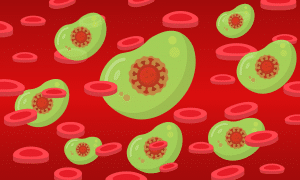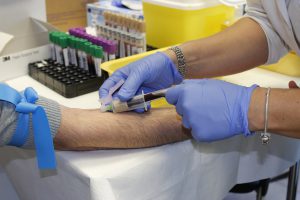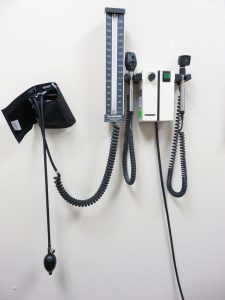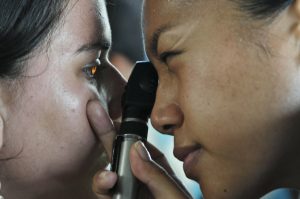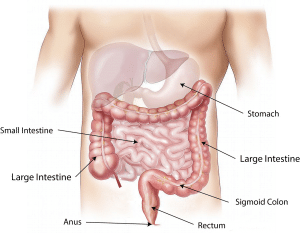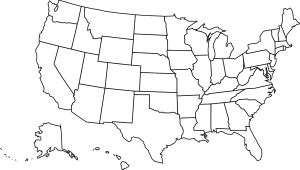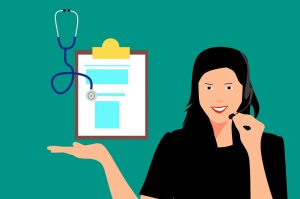Heart disease is the number one killer of Americans, and African Americans ages 18-49 are two times as likely to die from heart disease as are Caucasians. Not only that, but according to the CDC, one out of every three African-American adults suffer from high blood pressure, and fewer than half have the condition under control. And while African American women have a lower incidence of breast cancer, they are 41% more likely to die from it. The reason behind these health disparities? Most likely they are due to lack of access to adequate insurance and issues like higher instances of obesity, as well as stress from being overworked. And yet, with all of the stats seeming to be stacked against African American women, they are defying the negative trends, and are making changes to live longer.
Why Are These Diseases More Common in African American Women?
Researchers have found that there might be a gene that makes African Americans more sensitive to the effects of salt, which is the reason for the increased risk of high blood pressure. Not only that, but they tend to have higher rates of obesity and diabetes, putting them at a higher risk for heart disease and high blood pressure. They also have higher rates of unemployment and poverty, which can mean greater difficulty accessing medical care, and so can be unaware of their risks.

Dr. LaPrincess Brewer, a Mayo Clinic cardiologist, points out the risks to African American women, as well as the dangers of being aware of these risks: “Each year, more African American women die from heart disease than breast cancer, lung cancer, and strokes combined, which makes heart disease the number one killer of African American women in our nation. However, studies have also revealed that less than half of African American women are aware that heart disease is their number one cause of death.”
“African Americans have the highest hypertension rates in the world. African American women are also the least physically active group of women in the United States. Now’s the time that we focus on changing the narrative on heart health and African American women,” says Dr. Brewer.
African American Women Are Turning Things Around
Despite everything working against African American women, they are making the changes to turn these stats around. They are seeking medical care more, changing their lifestyles to become healthier, and working hard to keep each other on track. Not only have they been holding on to an average lifespan of about 78 years, but other recent studies have shown that African American women are also the most optimistic group in the country.
“What we are seeing is that the message about the importance of health is getting through to black women,” said Linda Goler Blount, president, and chief executive of Black Women’s Health Imperative. “The data show that the majority of us know that we need to improve and are working on it. We also understand the importance of having a positive attitude. When black women are asked to define what good health means, we say things such as ‘being calm’ or ‘being at peace.’ We don’t use diseases to define it. We don’t let a condition like obesity define who we are, even though we work on getting into shape.”
“The good news is that black women are coming together to help each other,” Blount said. “We are learning the importance of self-care. We have to take care of ourselves first if we expect to help others.”
And, thanks to the passing of the Affordable Care Act (ACA) in 2010, millions more Americans have been able to access healthcare, and President Biden’s recent premium tax credit expansion has allowed even more people to get affordable plans. With health insurance being more accessible to everyone, African American women are more likely to seek the medical care they need, without worrying about being hit with huge bills.
All of this means that rates of heart disease, high blood pressure, and other health conditions are lowering among African American women. They are understanding their heightened risk more, seeking care, and adopting preventive lifestyle measures to live longer. African American women are exceptional, and this just proves it even more!
Find An Affordable Plan That Fits Your Budget
Having the right health insurance plan means being able to get tested and treated for conditions like high cholesterol, high blood pressure, or heart disease without having to worry about forking out a lot of money for medical bills. If you don’t have health insurance, or your current plan is not sufficient for your needs or is too expensive, EZ can help. Depending on your circumstances, and with the extra Affordable Care Act subsidies that are currently on offer, we might be able to find you a great plan for as low as $0 a month! Come to us, and we’ll match you with your own agent, who will compare all available plans in your area, and find a plan that suits your needs – we’ll even sign you up for free. To get free instant quotes, simply enter your zip code in the bar above, or to speak to a licensed agent, call 888-350-1890.

